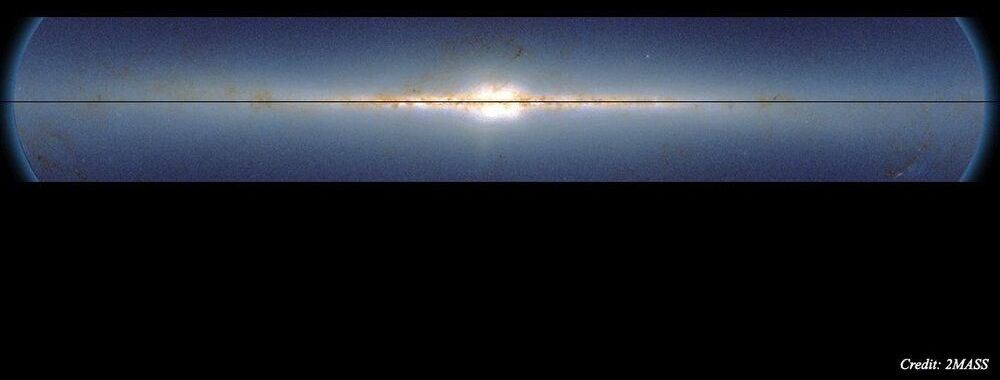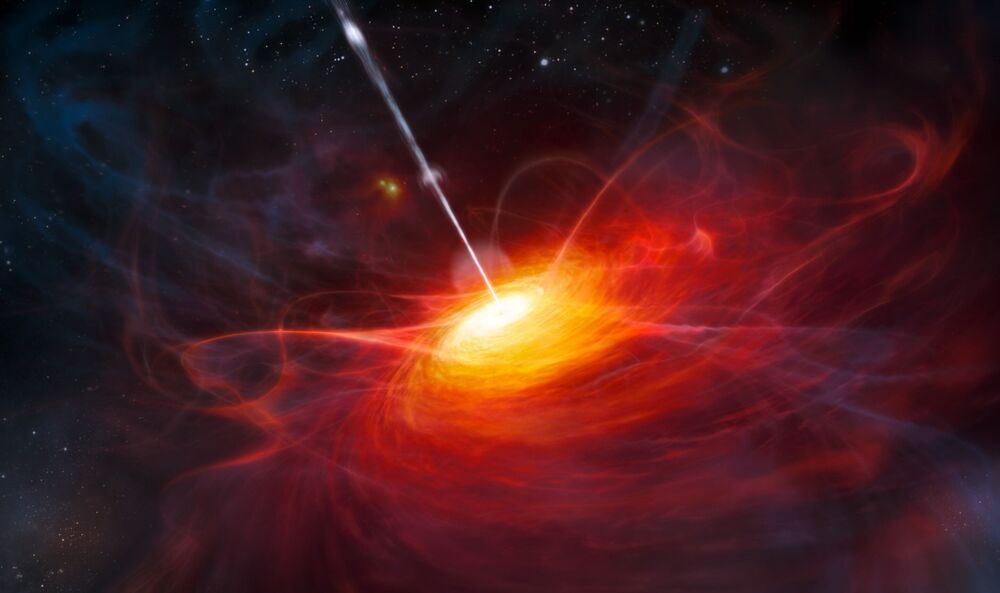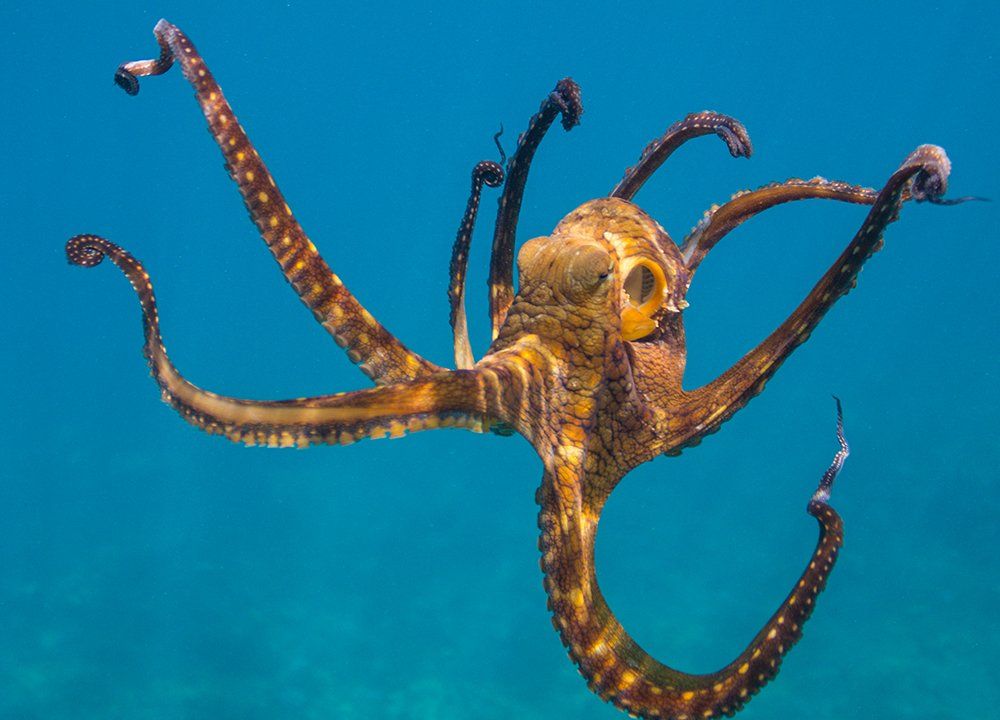If we are to reason for the non-dual picture of the world then quantum physics is directly linked to consciousness. The human brain is a physical organ that transmits and interprets electrochemical signals. Its biochemistry is certainly governed by quantum physical laws, and consciousness — which is clearly related to the functioning of the brain — must therefore be related to the quantum physical processes going on within the brain and in the cosmos at large. Research has shown that consciousness is non-local, a scientific way of alluding to a connection within a higher dimensional order. Matter has also been shown to be non-local, which hints that matter might be an expression of consciousness. Quantum physics tells us the energy of every speck of mass, or a packet of information, is a relative peak in an ocean of energy, which is oftentimes referred to as the ‘Unified Field’ — the quantum layer of pure potentiality — the code layer beneath all dimensions where time and space are information.
#Consciousness #Evolution #Mind #OfficialTrailer
Consciousness: Evolution of the Mind, a 45-minute documentary film by Alex Vikoulov, is COMING SOON! Official teaser trailer released. by Ecstadelic Media Group. Based on The Syntellect Hypothesis: Five Paradigms of the Mind’s Evolution by Alex Vikoulov.






